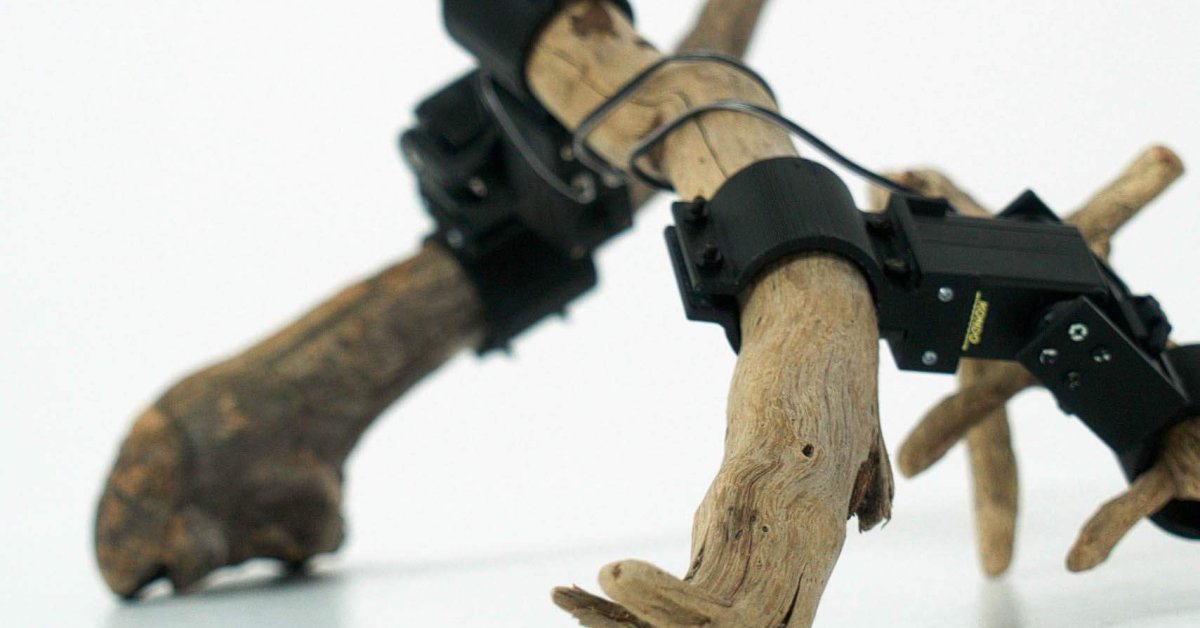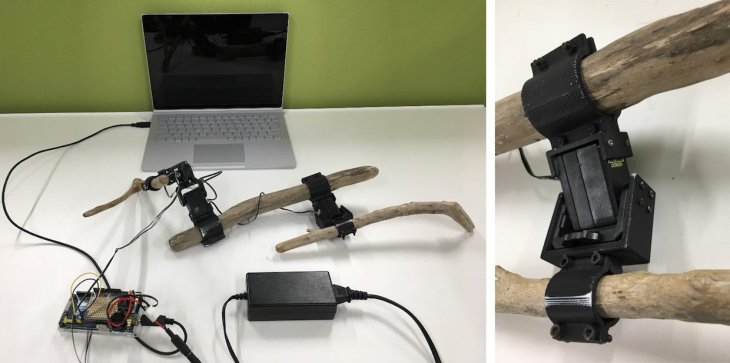This Robot Learned To Move On Its Own Despite Being Built From Random Sticks
Arnav Dhar - Jul 13, 2019

A robot made from tree branches may represent a future of our robot technology, as it is still able to figure out how to move on its very own.
- Cafe In Tokyo With Robot Waiters Controlled By Disabled Staff
- Best Robot Vacuums In India To Clean Carpets, Wood Floor And Pet Hair
- AI Is Being Trained To Identify Faces In The Dark Using Thermal Images
A neatly designed humanoid robot from Boston Dynamics called Atlas can do backflips - something that's not every human can do. And while that seems to be immensely impressive, it requires a lot of sophisticated works to be done by humans, not to mention the tons of dedicated technical components for such a robot is not cheap at all.

Yet, while you may think that only sophisticated bots can do these types of feats, it is not necessarily true. A robot made from tree branches can represent a future of our robot technology, as it is still able to figure out how to move on its very own.
This robot is a result of the University of Tokyo's partnership with Tokyo-based firm named Preferred Networks - a company that is specialized in AI and deep intelligence. Yes, they are the elements that help the robot move (though with great difficulty) regardless of how it is actually built.
After choosing some random branches in the forest, the researchers carefully scaled, 3D-scanned them then provide this information along with the servo system's data to a machine learning network. By doing this, they allowed the deep learning system to simulate how the bot would actually work in real life. The system was also designed to favour a more effective and branches-friendly manner of movement to ensure that it can travel the farthest without harming its materials. After millions of simulations, it succeeded to do it. Watch the video below:
While the bot needed a lot less human help to complete the task than Atlas, it still raises a question as what can this type of makeshift robots be used for. The answer is, its applications are wider than you think. Robots can someday replace humans in hazardous and dangerous cases such as in battles or resolving a nuclear disaster. In such conditions, it will be really helpful if they can replace their own components with makeshift tools and continue the work if damaged. More independent robots, less danger for humans.
And creating such a technology that can help robots able to do it someday is surely what these researchers are aiming for.
Featured Stories

Features - Jul 01, 2025
What Are The Fastest Passenger Vehicles Ever Created?

Features - Jun 25, 2025
Japan Hydrogen Breakthrough: Scientists Crack the Clean Energy Code with...

ICT News - Jun 25, 2025
AI Intimidation Tactics: CEOs Turn Flawed Technology Into Employee Fear Machine

Review - Jun 25, 2025
Windows 11 Problems: Is Microsoft's "Best" OS Actually Getting Worse?

Features - Jun 22, 2025
Telegram Founder Pavel Durov Plans to Split $14 Billion Fortune Among 106 Children

ICT News - Jun 22, 2025
Neuralink Telepathy Chip Enables Quadriplegic Rob Greiner to Control Games with...

Features - Jun 21, 2025
This Over $100 Bottle Has Nothing But Fresh Air Inside

Features - Jun 18, 2025
Best Mobile VPN Apps for Gaming 2025: Complete Guide

Features - Jun 18, 2025
A Math Formula Tells Us How Long Everything Will Live

Features - Jun 16, 2025
Comments
Sort by Newest | Popular